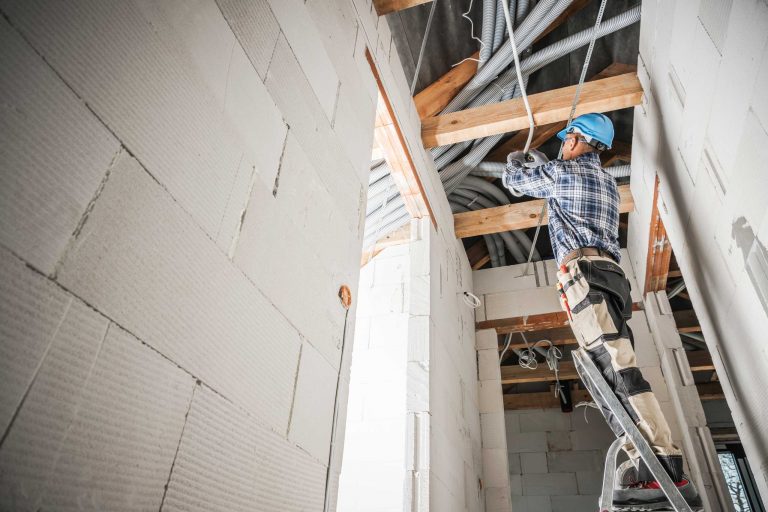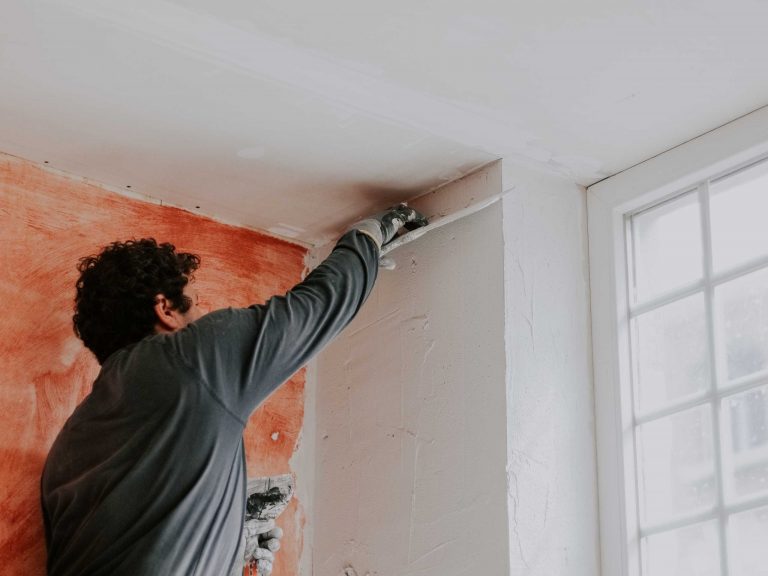Drywall installation is far more than attaching panels to a frame. It is a skill of precision, planning, and controlled execution. For learners entering this craft, understanding the foundational principles is crucial, because early habits shape future efficiency. When technique, positioning, and preparation come together, the results look professional and remain structurally reliable for years.
One of the first concepts to master is board placement logic. Panels must be arranged to minimize waste, reduce seam visibility, and maintain surface continuity. A structured layout prevents unnecessary cutting and simplifies finishing. Learners often begin with simple wall segments before moving on to corners, ceilings, and irregular shapes.
To achieve accurate results, the following foundational practices matter:
- Preparing the framing so every board has full support along its edges.
- Aligning panels horizontally or vertically depending on the environment.
- Maintaining consistent fastener spacing to prevent surface bulging.
- Managing joint gaps to allow proper taping and mud adhesion.
These steps help create a stable and clean surface for later finishing stages.
Planning Before Cutting
A significant portion of drywall accuracy comes from thoughtful measurement. Beginners often underestimate how easily small inaccuracies accumulate. Measuring twice, marking clearly, and cutting with a controlled motion are essential habits. With time, learners develop an almost automatic rhythm for preparing panels.
Good planning also reduces stress during installation. When tools and materials are organized, each movement becomes predictable. This allows installers to avoid unnecessary repositioning and maintain steady progress throughout the project.
Developing Tool Familiarity
Every tool used in drywall mounting has a specific purpose. A utility knife shapes the initial outline of a cut. A T-square ensures straight lines. A screw gun secures panels with precision. Learning how each tool behaves, feels, and responds to pressure makes the entire process smoother and safer.
Key areas of tool practice include:
- Controlled force application during scoring.
- Vertical and horizontal alignment using levels or lasers.
- Fastener depth control for consistent surface quality.
- Efficient switching between cutting, fastening, and adjusting.
As tool mastery develops, students begin working faster without sacrificing precision.
Finishing With Confidence
Drywall installation ends long before painting begins. Proper seams, corners, and transitions depend on how carefully joints are treated. Knowing when to apply the right amount of compound, how to feather edges, and how to sand without damaging the board are essential techniques.
A clean installation reflects well-planned preparation and disciplined technique. For aspiring drywall learners, building these skills step by step ensures long-term confidence and consistent professional results.



